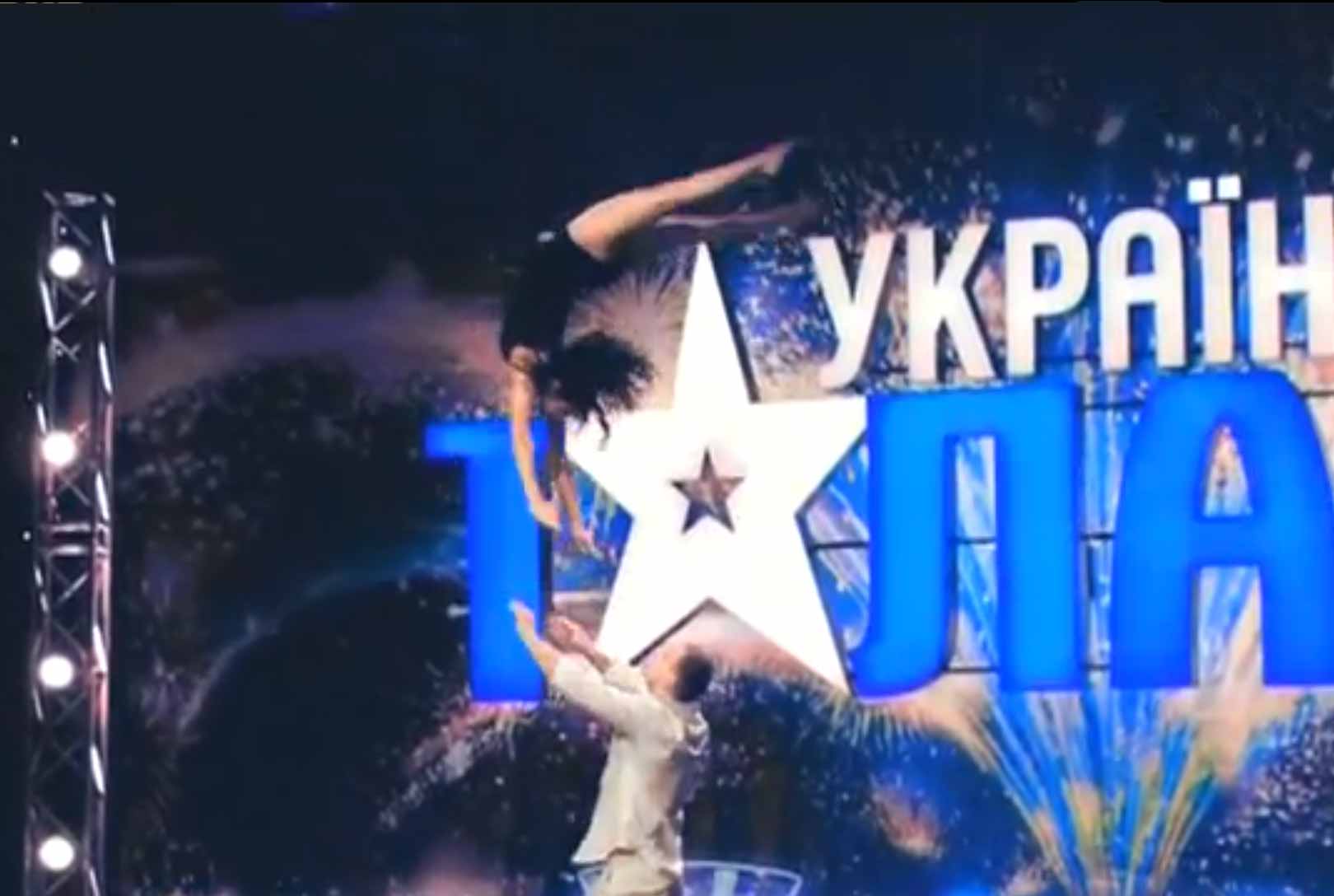Ukraine Dancers: Grace, Passion, and Cultural Heritage Unveiled

In the heart of Eastern Europe, where history whispers through cobblestone streets and golden fields stretch toward the horizon, Ukraine’s dancers emerge as living embodiments of a nation’s soul. Their movements are not merely steps but stories—woven from centuries of tradition, resilience, and an unyielding passion for life. To witness Ukrainian dance is to embark on a journey through time, culture, and emotion, where every leap, spin, and staccato footstep reveals a chapter of a rich and enduring heritage.
The Roots of Rhythm: A Historical Tapestry
Ukrainian dance, or Tanz as it’s affectionately called, is a mosaic of influences shaped by the country’s complex history. From the nomadic Scythians who roamed the steppes to the Cossacks who defended their land with sword and song, each era has left its mark. The 19th century saw the formalization of folk dances, thanks to figures like Vasyl Verkhovynets, who meticulously documented regional styles. Yet, it was the 20th century, amidst war and displacement, that Ukrainian dance became a symbol of national identity—a defiant celebration of life in the face of adversity.
According to ethnographer Dr. Olena Yakovleva, "Ukrainian dance is a living archive, preserving not just movements but the spirit of a people who have endured and thrived through centuries of upheaval."
The Language of Movement: Techniques and Styles
Ukrainian dance is characterized by its dynamic energy, intricate footwork, and expressive storytelling. The hopak, perhaps the most iconic dance, is a whirlwind of acrobatic jumps, spins, and improvisational flair—a testament to the agility and strength of its performers. Regional variations abound, from the graceful arkan of the Carpathian Mountains to the lively kozachok of central Ukraine, each reflecting local customs and landscapes.
Key Elements of Ukrainian Dance Technique:
- Footwork: Rapid, rhythmic steps often performed in boots with heels, creating a percussive soundtrack.
- Posture: Upright and proud, with movements radiating from a strong core.
- Arm Movements: Fluid and expressive, often mimicking the flow of rivers or the sway of wheat fields.
- Acrobatics: Jumps, kicks, and spins that showcase both athleticism and artistry.
Costumes: A Canvas of Culture
The vibrancy of Ukrainian dance is matched only by its costumes, which are as much a part of the performance as the movements themselves. Women’s attire typically features vyshyvanka (embroidered blouses) adorned with symbolic patterns, while men don sashes and wide trousers. The colors—red, black, and white—echo the nation’s flag and carry deeper meanings: red for life, black for earth, and white for purity.
Each costume is a geographical and historical marker, with embroidery styles varying by region. For instance, the Kyiv region favors geometric patterns, while Hutsul designs are more floral and intricate.
Dance as Resistance: A Cultural Lifeline
During the Soviet era, Ukrainian dance became a clandestine act of rebellion. Performances were banned, but underground ensembles kept the tradition alive, often rehearsing in secret. The Volya (Freedom) Ensemble, founded in the 1960s, became a beacon of hope, touring globally and reintroducing Ukrainian culture to the world. Today, dance remains a powerful tool for cultural preservation, especially in the face of modern challenges.
"Dance is our language when words fail us. It’s how we say, ‘We are still here, and we will always be,’" says Ivan Puliak, director of the Kyiv National Folk Dance Ensemble.
The Global Stage: Ukrainian Dance in the Modern World
Ukrainian dance has transcended borders, captivating audiences from New York to Tokyo. Ensembles like Virsky and Halytska have redefined the genre, blending traditional elements with contemporary innovation. Meanwhile, diaspora communities worldwide keep the flame alive, ensuring that Ukrainian dance remains a living, breathing art form.
Global Impact vs. Cultural Preservation:
Pro: International recognition amplifies Ukraine’s cultural voice and fosters cross-cultural understanding.
Con: Commercialization risks diluting the authenticity and historical significance of traditional dances.
The Future of Ukrainian Dance: Innovation Meets Tradition
As Ukraine navigates the complexities of the 21st century, its dancers are both custodians and innovators. Contemporary choreographers like Radaslav Zatorskyi are experimenting with fusion styles, blending folk with ballet and modern dance. Yet, the essence remains unchanged: Ukrainian dance is a celebration of life, a testament to resilience, and a bridge between past and future.
With the rise of digital platforms, Ukrainian dance is reaching new audiences. Virtual performances and online tutorials are making it accessible to anyone, anywhere, ensuring its survival for generations to come.
FAQs
What is the significance of the *hopak* dance?
+The *hopak* is a symbol of Ukrainian spirit, showcasing agility, strength, and joy. It originated among the Cossacks and has become a centerpiece of Ukrainian folk performances worldwide.
How are Ukrainian dance costumes made?
+Costumes are handcrafted, often involving intricate embroidery and traditional weaving techniques. Each piece can take weeks or even months to complete, reflecting the dedication to preserving cultural heritage.
Can anyone learn Ukrainian dance?
+Absolutely! While it requires practice and dedication, Ukrainian dance is accessible to people of all ages and backgrounds. Many schools and workshops offer classes globally, both in-person and online.
How has Ukrainian dance evolved over time?
+From its roots in folk traditions to its modern interpretations, Ukrainian dance has evolved while retaining its core identity. Contemporary choreographers often blend traditional elements with new styles, keeping the art form dynamic and relevant.
Ukraine’s dancers are more than performers—they are storytellers, historians, and guardians of a cultural legacy. Through their grace, passion, and unwavering dedication, they remind us that even in the darkest times, the human spirit can soar, one step at a time.



